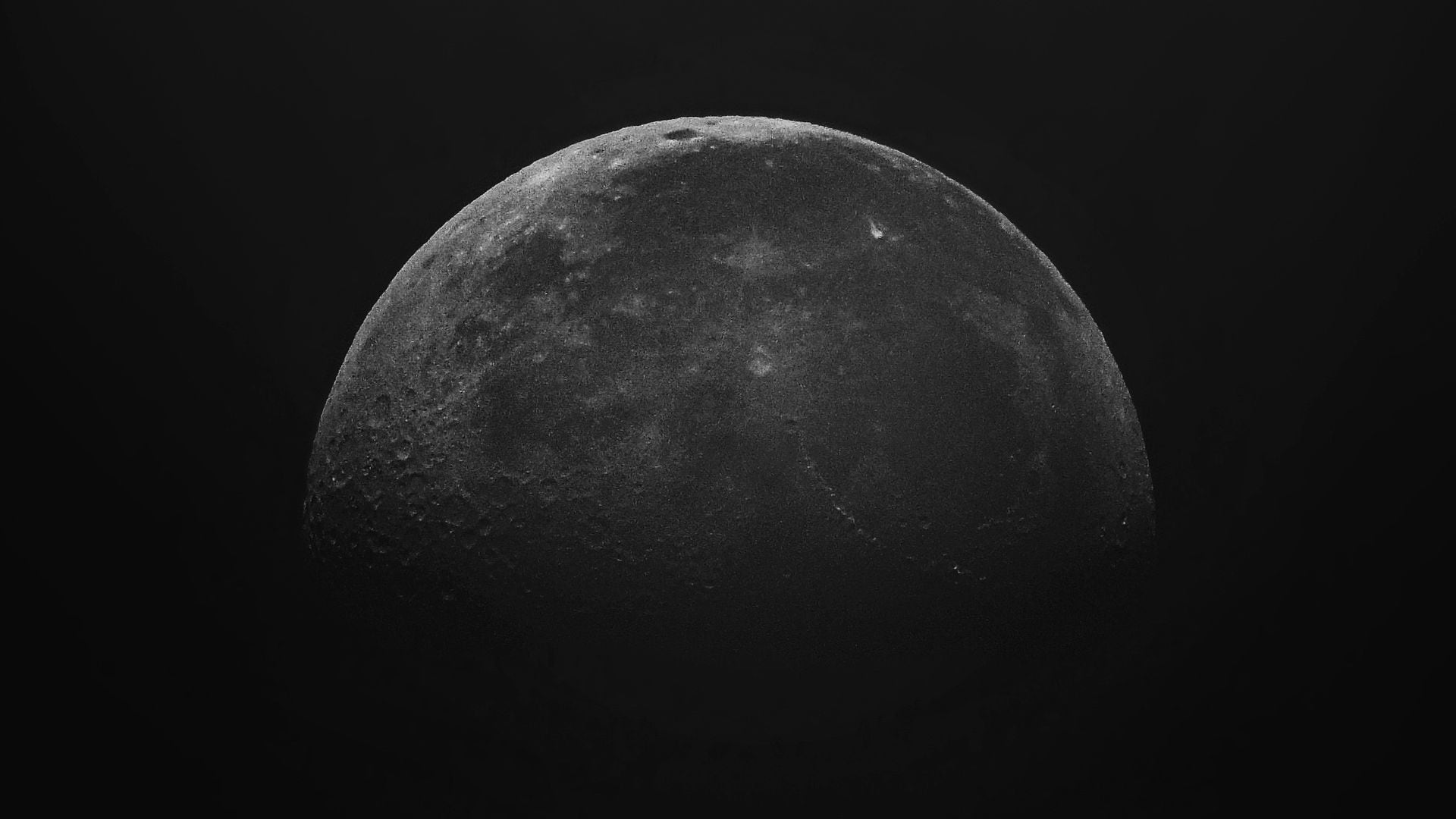A rare lunar event known as the “Black Moon” is set to unfold this Friday, August 22, and it's already causing chaos, not just among astronomers, but among prophecy-watchers.
While scientifically intriguing, the Black Moon isn’t visible at all, which is part of what’s made it the subject of ominous folklore. The term refers to the second new moon occurring within a single calendar month, a phenomenon that happens approximately every 33 months.
The last one occurred in 2022, and the next won't be seen until August 20, 2028. The event is attracting attention for reasons beyond astronomy. Some people have taken to social media, citing apocalyptic references tied to a moonless sky.
One passage from the Bible, Mark 13:24, reads: “The sun will be darkened, and the moon will not give its light.” This has led to speculation that a dark moon might signal the End of Days. Despite the superstitions, scientists urge the public to take a more grounded perspective.
"From a scientific perspective, this is no different than any other new moon," explained Walter Freeman, associate teaching professor of physics at Syracuse University. “A black moon is just a second new moon that happens in one calendar month. If a new moon occurs near the beginning of the month, the next one can happen before it's over," he told MailOnline.
The term “Black Moon” itself isn't an official designation in astronomy but instead a colloquialism used to describe a rare calendrical overlap in the moon’s 29.5-day cycle. Similar to a “Blue Moon” (the second full moon in a month), this invisible counterpart occurs when the lunar cycle briefly outpaces the calendar.
NASA describes the new moon as the phase when the moon is positioned between the Earth and the sun, leaving the side facing Earth in complete shadow. This makes the moon impossible to see with the naked eye. And while there’s nothing dramatic in the sky to witness during a Black Moon, its occurrence means something quite valuable to skywatchers, an exceptionally dark night.
“The lack of moonlight makes for perfect stargazing conditions,” said Freeman. “It's an excellent opportunity for amateur astronomers or anyone curious about the night sky to get a clearer view of stars and planets that are usually washed out by the moon.”
With the moon’s brightness out of the equation, constellations like Orion, Leo, and Taurus will be more prominent. Venus will be especially radiant with its yellowish hue, and Mars, a glowing red dot, should be visible near Cancer.
Not everyone is convinced there’s nothing to worry about. Online speculation has been rampant. On X (formerly Twitter), one user warned, “Those who know the biblical meaning behind this might be a bit worried.” Another simply wrote, “Perhaps prepare just in case.”
Back in 2016, National Geographic’s Michael Greshko once dubbed the Black Moon “the evil twin of a blue moon,” while cautioning readers not to fall into doomsday paranoia.
